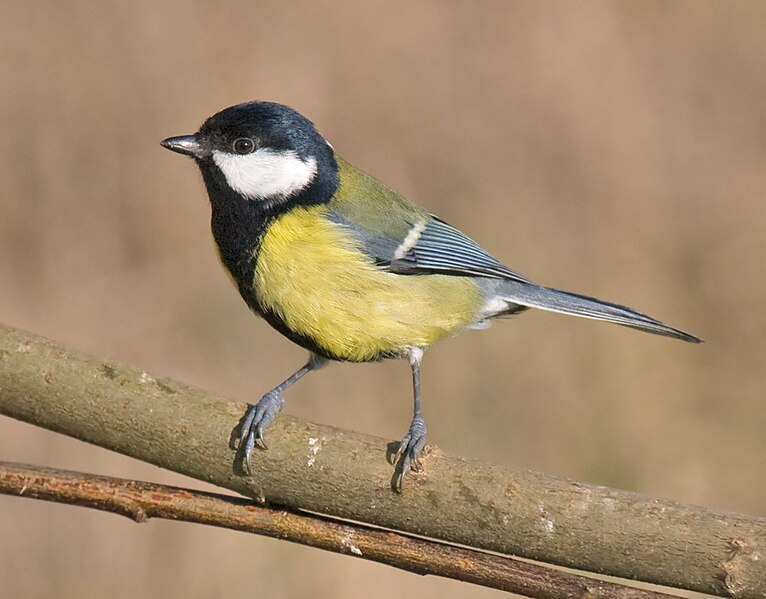That's good: there's no one to order me around, no one to tell me off, no one to come round every week with a pay packet...
...ah well.
It's not that much fun being an underling, but then it's not all roses being a boss, either. For instance, bosses can often be recognised because they have to wear more uncomfortable clothes than everyone else:

General Antonio Ricardos, by Goya.
Even non-human bosses tend to look different. A boss bird may sport the widest scarf in all the flock:

Photo of a Great Tit by Andreas Trepte
or a boss mammal the biggest horns:
If you, like me, have no boss then you will still have a chance of spotting one. You find them on the ceilings of mediaeval buildings:

Malmesbury Abbey. Photo by Greenshed.
and also in the middle of wheel hubs, or as part of a batholith:

If all those alternatives fail you, then a boss is also a calf or a cow. This means that in a bovine family everyone will consider they've got a right to be known as the boss.
Many human families are pretty much the same.
Spot the frippet: boss. The word meaning person-in-charge comes from the Dutch baas, master, and, pleasingly, is probably related to the Old High German basa, which means aunt. The word meaning knob comes from the Old French boce and is probably something to do with the Italian bozza, which means swelling; the word for cow probably comes from the Latin bōs, which means cow or ox.
No comments:
Post a Comment
All comments are very welcome, but please make them suitable for The Word Den's family audience.